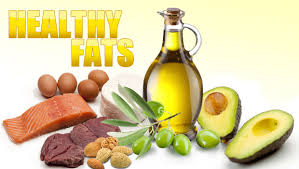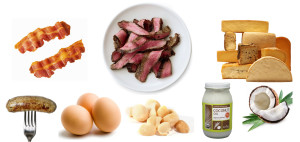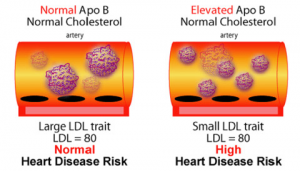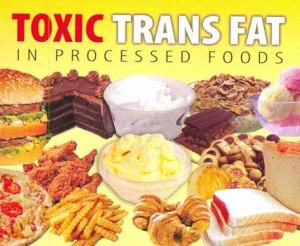Many thanks to my friends Michelle Davidson and Joel Nichols for welcoming me every other Thursday morning to discuss what we can do each day to be proactive, healthy, and happy! I am so grateful for the opportunity to share!

“Healthy Fats”
include monounsaturated fats and polyunsaturated fats which often come from plant-based sources and are generally liquid at room temperature. Walnuts, avocados, olive oil, and peanuts are examples of monounsaturated fats; Flaxseed, vegetable oils, fish oils (in salmon), almonds and seeds provide us with our poly unsaturated fats, which contain heart-healthy Omega 3 and Omega 6’s.
 “Saturated Fats” found in animal products like milk, meat, cheese, lard, and butter may also be found in plant sources like coconuts. Saturated fats are usually solid at room temperature and have been credited with increasing our risk for heart and cardiovascular disease. That’s because the research showed that eating saturated fats increased our blood fats and cholesterol which was associated with greater risk for heart disease.
“Saturated Fats” found in animal products like milk, meat, cheese, lard, and butter may also be found in plant sources like coconuts. Saturated fats are usually solid at room temperature and have been credited with increasing our risk for heart and cardiovascular disease. That’s because the research showed that eating saturated fats increased our blood fats and cholesterol which was associated with greater risk for heart disease.
 Further, scientists have discovered that our LDL lipoproteins come in two sizes and consistencies, small and dense and large and fluffy,
Further, scientists have discovered that our LDL lipoproteins come in two sizes and consistencies, small and dense and large and fluffy,Small dense particles can pass through arterial walls easily and contribute to plaque build up and coronary artery disease. They also are easily oxidized which raises the risk of disease. But the large molecule LDL is large and fluffy and are too large to pass through cell walls and is therefore benign.
Low carb diets higher in saturated fats help enlarge the LDL particles and low fat diets have been linked to increased small particle LDL. This research shows that saturated fat does not have the same detrimental affect on blood lipids as it was thought in the past. That said, you shouldn’t make a steady diet of bacon and steak, but there is now evidence that saturated fat is not as bad as we once assumed. In fact recent studies have show that diets high in protein and saturated fats can increase our HDL (the “good”cholesterol) and increase the production of large density (rather than the riskier small density lipo proteins) associated with risk for heart disease.
 The real enemy in fighting fat is avoiding Transfats at all cost. Trans fats are man made hydrogenated oils that were designed to help extend shelf life of processed foods. Trans fat is often found in margarine, baked goods, prepared cookie dough and biscuits, and commercially fried foods and snack chips
The real enemy in fighting fat is avoiding Transfats at all cost. Trans fats are man made hydrogenated oils that were designed to help extend shelf life of processed foods. Trans fat is often found in margarine, baked goods, prepared cookie dough and biscuits, and commercially fried foods and snack chipsIn fact the fat has been found to be so harmful that the FDA has put out a mandate that all trans fats must be out of all foods in America by the end of 2018. But until then avoid transfats by avoiding processed foods and reading labels.
A simply way to stay on top of all this information is to remember, if it comes in a box and has more than five ingredients (or ingredients only a chemist could pronounce), it doesn’t need to go into your body!

